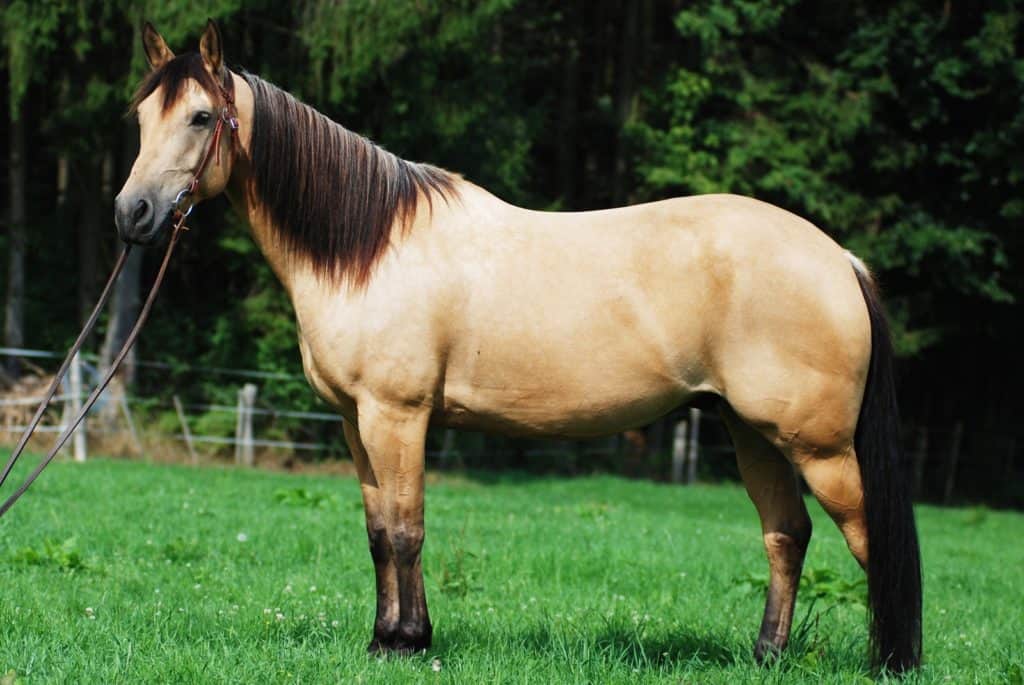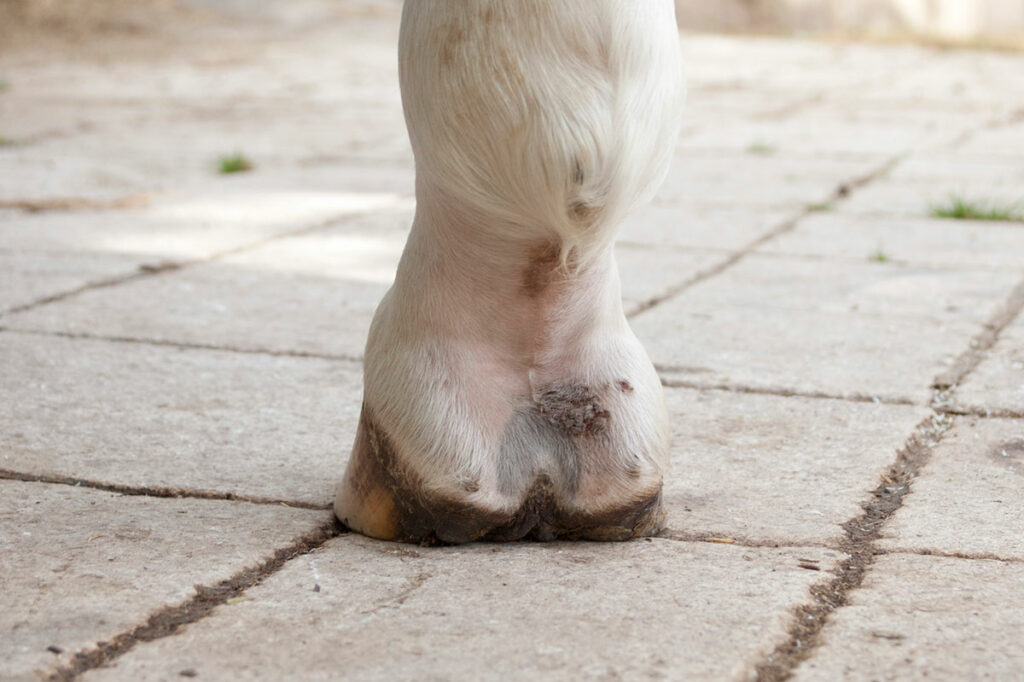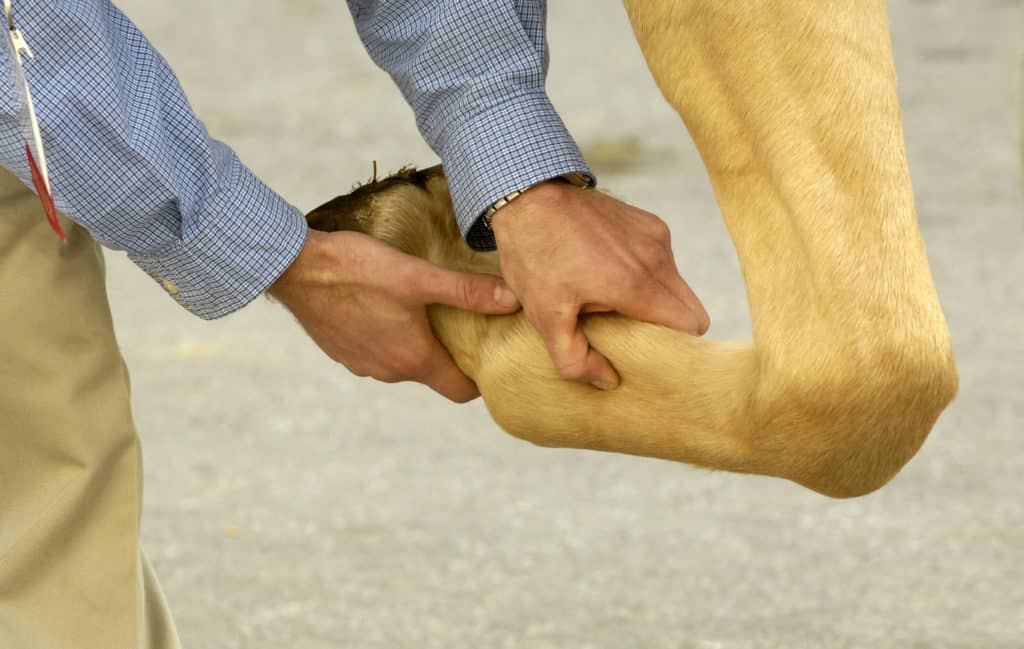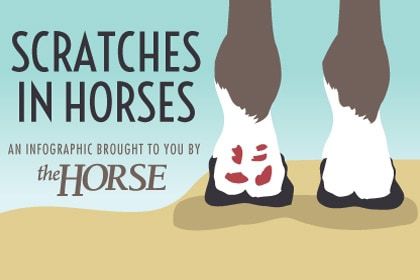
Standing PET versus Scintigraphy for Imaging the Fetlock
Racetrack veterinarians can trust PET when looking for fetlock pathologies that can potentially lead to serious injuries if left undiagnosed.

Racetrack veterinarians can trust PET when looking for fetlock pathologies that can potentially lead to serious injuries if left undiagnosed.

Belgian researchers use both modalities to investigate the causes of foot pain in 30 horses referred to the equine hospital for forelimb lameness.

Autologous protein solution, an orthobiologic therapy, might help veterinarians treat hard-to-heal tendon injuries.

Modifying training programs and monitoring lesion sites might help protect against PSB fractures in this population of horses.

Learn about the technique and timing of this mainstay in conservative management of equine leg injuries.

What impact do structural deviations really have on your horse’s soundness and performance? Here’s what you should know.

Learn about 5 reasons for limb swelling in horses, from benign triggers to causes for major concern.

Researchers found areas with equine pastern dermatitis had less bacterial diversity and more Staphylococcaceae than healthy skin.

The editors of The Horse: Your Guide To Equine Health Care have scoured our archives and gathered our top lower limb lameness content. Sponsored by Hallmarq Veterinary Imaging.

Computed tomography (CT) and magnetic resonance imaging (MRI) are two diagnostic imaging methods veterinarians can use to capture images of structures within your horse’s body. Learn more in this visual guide!

Researchers investigated the degree to which boots and wraps impair convection cooling—potentially damaging tendon cells—during exercise.

What prevention steps can I take for my horse’s rear leg swelling after exercise?

Discover the possible causes of scratches and how you can prevent and treat this frustrating dermatitis often found on a horse’s pastern in our step-by-step visual guide.

By cutting the DDFT, veterinarians can stop one of the forces that pulls on the coffin bone during laminitis.

Sesamoid injuries in horses can be difficult to repair and even catastrophic; here’s what can go wrong and how to prevent it from happening.

With a custom-made splint holding the bent knee in place and partially supporting the horse’s weight, equine surgeons can now perform needle arthroscopy in standing, sedated horses.
Stay on top of the most recent Horse Health news with
"*" indicates required fields